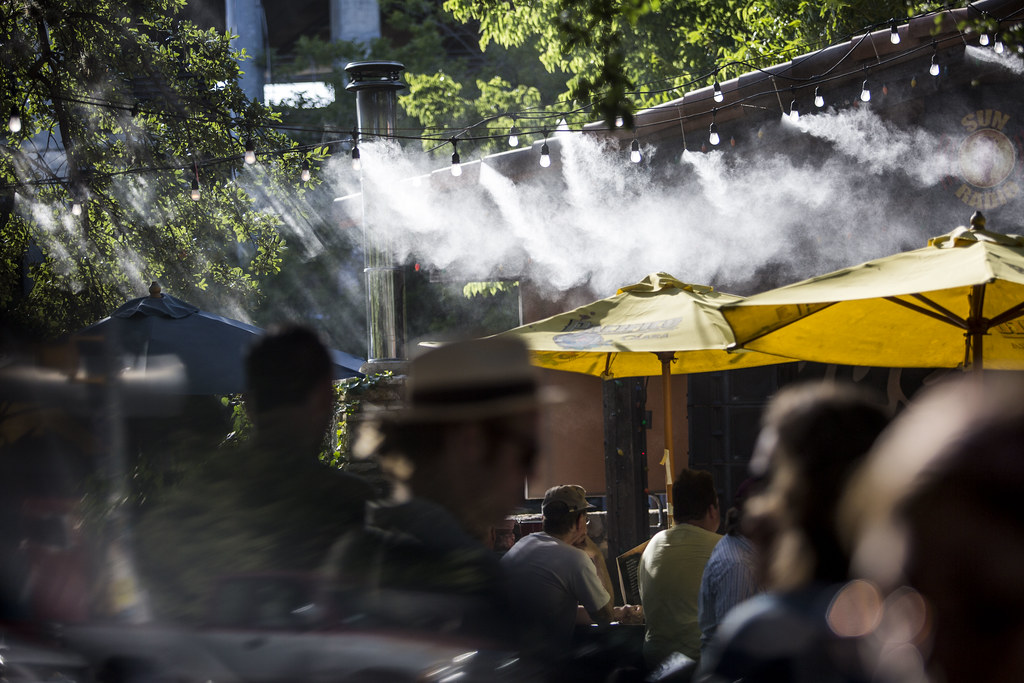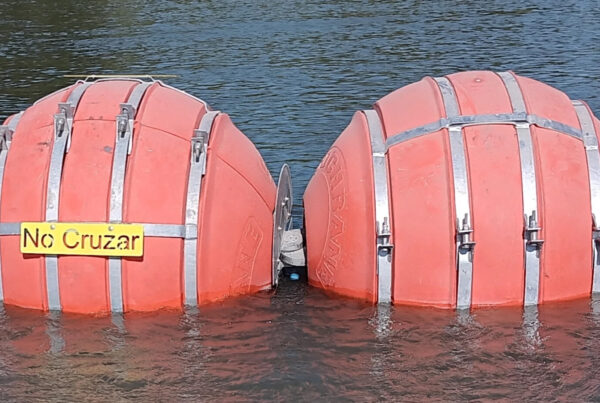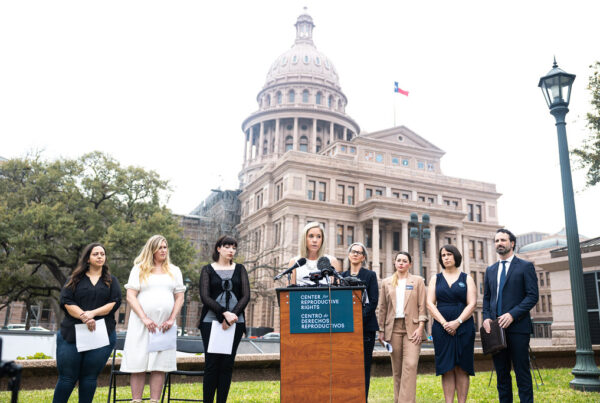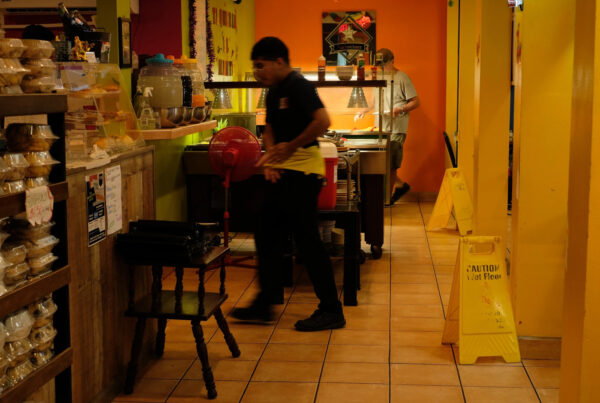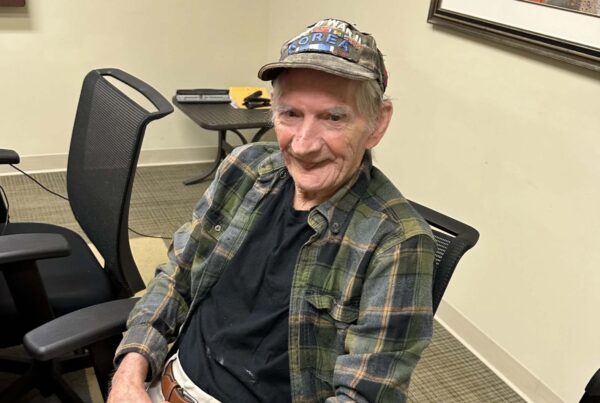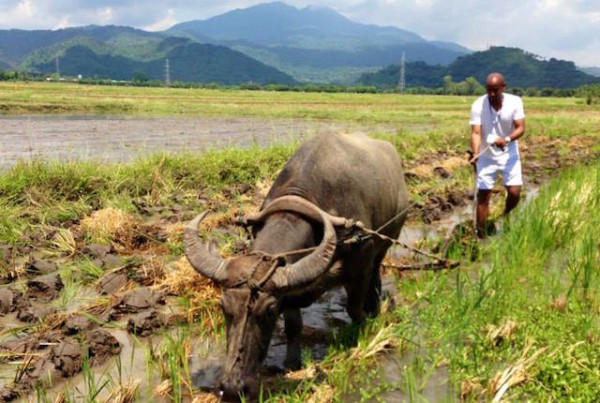For more than a decade now, many of the fastest-growing cities in the country have been in Texas. Places like Georgetown, Frisco, McKinney and Conroe have all experienced explosive population growth. So too have cities in other sunny states like Florida and Arizona.
If this summer’s excessive heat is just a preview of what’s to come, however, those trends may radically change. Hamilton Nolan, who writes the newsletter How Things Work, recently wrote the following about how heat will shape future population trends:
“America is going to have its own bout of climate-induced migration from the south to the north, and it will not go smoothly. In coming decades, tens of millions of people who – if current patterns continued – would have been living in all of these warm cities will instead relocate up north.”
Nolan spoke to the Texas Standard about the ripple effects of such a movement.
This transcript has been edited lightly for clarity:
Texas Standard: In this piece, you lay out the case for what you describe as a second Great Migration in America. Tell us how you picture it.
Hamilton Nolan: Yeah, this will be, you know, the second Great Migration for America. The first, you could say, was an economically induced migration. And this will probably be a climate-induced migration as the extreme heat cranks up, particularly in the South and in the Southwest.
It’s going to hit a certain point that we are actually already hitting in certain areas where people are not going to want to live there anymore. And of course, it’s going to take decades for this kind of trend to play out. But the nature of heat and the nature of climate change is that this increasing heat is not reversing anytime soon.
And so when you look at those areas that have been, for many decades now, actually the boomtown areas of America, the areas that have absorbed a lot of the internal migration – the Southwest, Texas, Florida – those are the areas where that population is going to turn around.
» GET MORE NEWS FROM AROUND THE STATE: Sign up for our weekly ‘Talk of Texas’ newsletter
I’m no demographic expert, but a lot of things have surprised even demographers. I mean, I don’t think a lot of folks saw what would happen with the pandemic and how that would exacerbate a kind of exodus from a lot of northern cities – and frankly, a lot of California cities – to places like Texas and Florida, which I know is where you grew up. When you talk about the second migration, when do you imagine this taking place, and how long of a period are we talking about?
It’s interesting because I think what you’re going to see for a while here is probably going to be a clash of short-term trends and long-term trends. A lot of what’s driven people down into these areas in the first places is housing costs and things like that. You know, those are those are short-term trends.
The pandemic was a little bit of a black swan that nobody can really predict. But, you know, high housing costs in northern cities drive people out of those cities and into places like Texas and Phoenix and Vegas and all those areas. And that dynamic is still real, and it’s still happening. So you still have some of that migration going on.
But at the same time, we have this sort of slower moving, longer-term trend of climate change that is slowly changing those places into places nobody is going to want to live.
I guess be specific, though. You imagine people moving away from the coasts because hurricanes – they have not caused this great migration that has long been expected. So I’m curious what you’re imagining here from where to where, that kind of thing.
You know, I would distinguish between hurricanes and heat. I did grow up in Florida, and, you know, hurricanes are a constant danger. And we know that the danger of hurricanes is going up. But at the same time, years and years can go by even in hurricane-prone areas without getting a hurricane.
So if you’re able to live in a hurricane-prone area and not really see a hurricane and get lucky for, you know, decades, whereas heat is something that is qualitatively different than that, I think, because it’s going to come back every summer, and it’s going to get worse and worse year over year. And so I think you’re going to see particularly the desert areas – Phoenix, Vegas, parts of Texas in particular – I think are going to be the first places where that heat gets borderline unlivable.
And it’s not going to be an overnight trend, but it’s going to be a thing where kids who grew up there decide not to come back after college and businesses decide not to locate there. And you’re just going to see a northern creep. And I think you’re going to see new boomtowns. And I don’t know what those will be, but they will be farther to the north for sure.
» MORE: Prolonged extreme heat may cost the state $9.5 billion, economist says
What role will socioeconomic status play in this movement? I mean, you’ve got to have the freedom to move from a financial standpoint.
Absolutely. And it’s going to be a huge issue, you know, and always poor people are going to be the ones who get left behind in these situations. And you’re going to see essentially climate refugees who get left behind in these areas, the same way that you see poor people who are left behind in the post-industrial cities in the Midwest – you know, Gary, Indiana, and Detroit, where those employers moved out and all the people with means left those cities, leaving behind the poor.
So it’s a big, big issue. And it really underscores the need for America to build more housing everywhere, especially in the areas that are going to be the destinations for all these people who are going to be leaving the hot areas over time.
Well, that’s just one of the ripple effects, right? I mean, there are other ripple effects that such a migratory change could have.
Yeah, I mean, there’s cultural ripple effects; there’s political ripple effects. It’s kind of interesting to think about how this is going to realign the political maps of America.
If you see large numbers of people from the South moving up to the North, that could obviously change the voting demographics in a lot of those states – the same way, by the way, that you’ve seen this influx of people into Florida changed Florida just in the last few years from kind of a purple state into a more solid red state. So there’s going to be all types of implications like that. And it’s going to depend a lot on where exactly these people move to.


